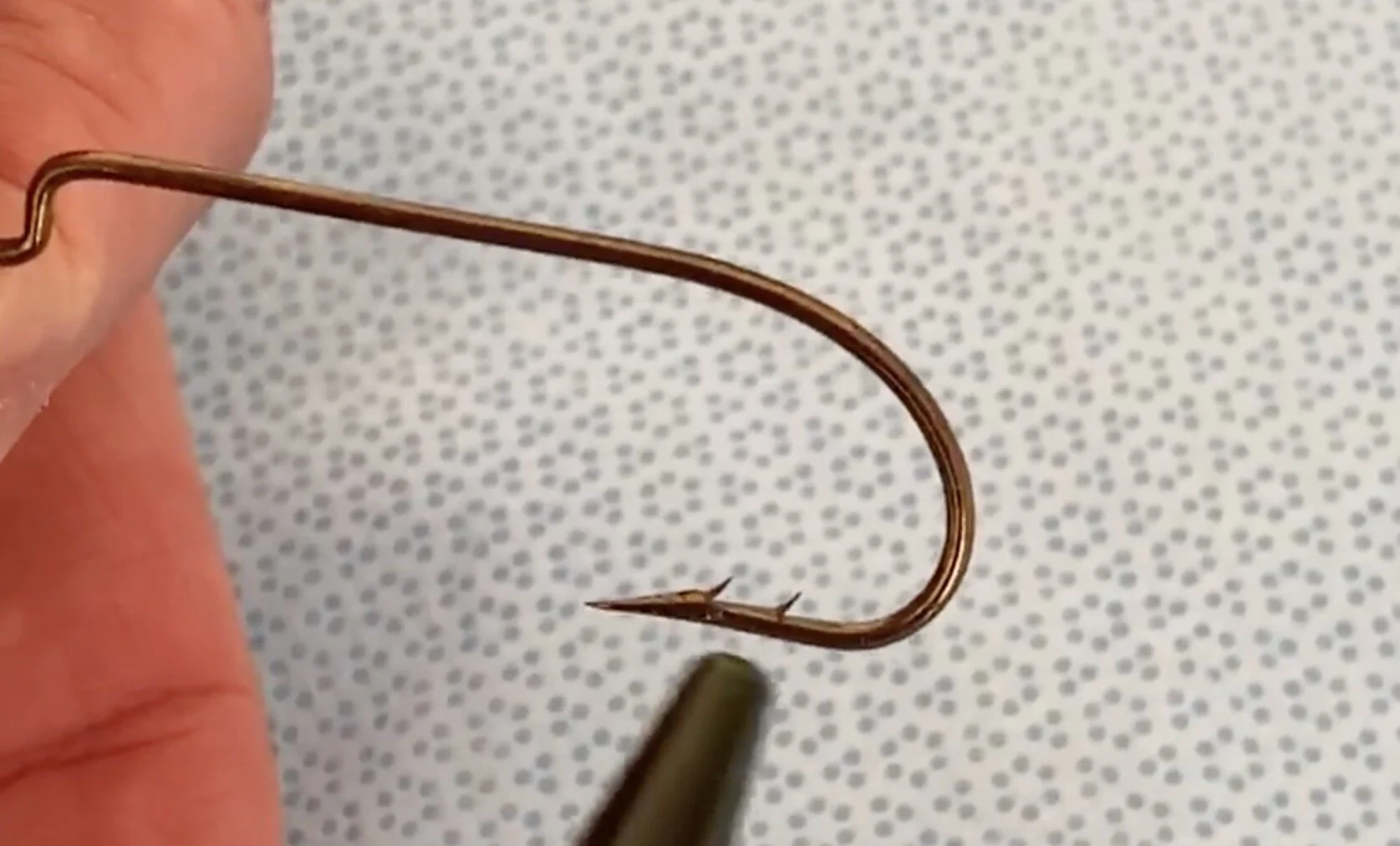Fish Hook Horrors
Nothing like a good fish hook removal to keep you going on a busy shift in the ER. These little suckers aren’t always easy to remove, and may require several methods. Fish hooks tend to get stuck in the hand or finger, but we have seen them the arm, or scalp, and even the groin. Usually, they come to you because either they have cut the fish hook too short to manipulate anymore, they are in pain and are unable to remove the hook themselves. In fact, their own attempts to remove the hooks may make matters worse. Fish hook injuries may seem simple at first, but can quickly get complicated, depending on the site of injury and type of hook.
Image: Martha Fishing in the Keys for Barracuda
Solid Procedural Videos, Jim uses a piece of steak to show you how to remove a fish hook, 3 ways!
We have covered this topic on The Procedural Pause recently, and we’d like to direct you to our blog and video there for full review.
Please check it out by going to the link on Emergency Medicine News and watch two videos!
Keep in mind that fish hooks come in all shapes and sizes. They may also be attached to a fancy lure. Some have single barbs, while others have three or more. They will vary depending on the type of angler you meet.
Image: patient with a fish hook in his right ear, with worm still attached.
Video 1: Fish hook basics with Jim and Martha. Emergency Medicine News.
Video 2: Fish hook removal basics, 3 different ways. Emergency Medicine News.
Understanding the hook
Hooks are super sharp and sometimes quite dainty. Keep that in mind when you see one buried in the skin. The barbed pointed end of the hook enters the fish's mouth and snags them. The barb extends backward from the point and allows the hook to anchor in the fish's mouth, allowing you to reel it in. The curved part that leads up to the other end includes the bend and shank. The eye is where the line is attached. The distance between the point and the eye is called the gap, and can vary in length. This could be useful to know if the hook is embedded deeply into the patient's skin because smaller gaps are harder to push through the skin for trimming.
Fish hook removal can be tricky, but there are several ways to do it. When in doubt, anesthetizing the area with lidocaine 1% is a good strategy. If it’s in the hand, you don’t always have to do a ring block, local sometimes is just fine. If the hook appears to be deeply lodged in a finger or toe, an x-ray may be indicated. But, maybe not. Antibiotics may be required depending on the bait used (worm, chemical, etc.) and how long the hook has been in the skin.
Typically, localized and superficial reactions may be secondary to puncture wounds, are self-limiting, and do not require antibiotics. The treatment is removal of the foreign body with gentle irrigation and cleansing of the entry point. Do not try to irrigate the track of the fish hook with significant force because this will cause ballooning and destruction of the tissue. Mild surface irrigation is sufficient.
There are four techniques for removing a fish hook: advance and cut, string yank, needle cover, and retrograde. (Roberts & Hedges, Clinical Procedures in Emergency Medicine and Acute Care, 7th edition. Philadelphia: Elsevier. 2018; Ch. 36, p. 720.)
Image: gently irrigate the area from which the hook was removed, and do not suture closed unless gaping. Antibiotics are not indicated.
Video: More fish hook removal trial and errors, pearls and more.
NOT FOR AMATEUR ANGLERS!
Martha and Jim in the Keys after a long day of fishing.






